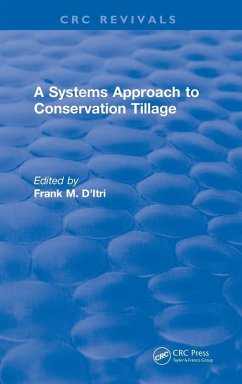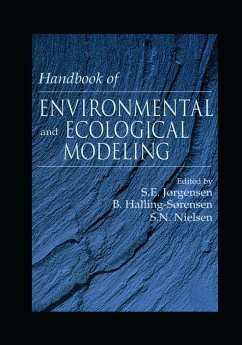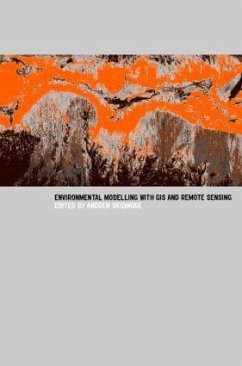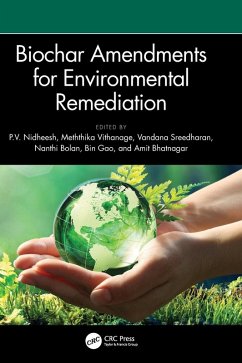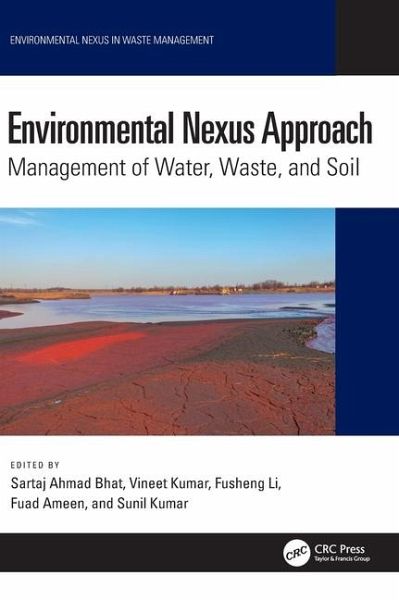
Environmental Nexus Approach
Management of Water, Waste, and Soil
Herausgeber: Bhat, Sartaj Ahmad; Li, Fusheng; Kumar, Vineet
Versandkostenfrei!
Versandfertig in 1-2 Wochen
170,99 €
inkl. MwSt.
Weitere Ausgaben:

PAYBACK Punkte
85 °P sammeln!
This book provides the linkages between environmental resources, such as water, waste, and soil to deal with sustainable management of resources. This book is aimed at graduate students and researchers in environmental science and engineering, environmental engineering, and waste management.










